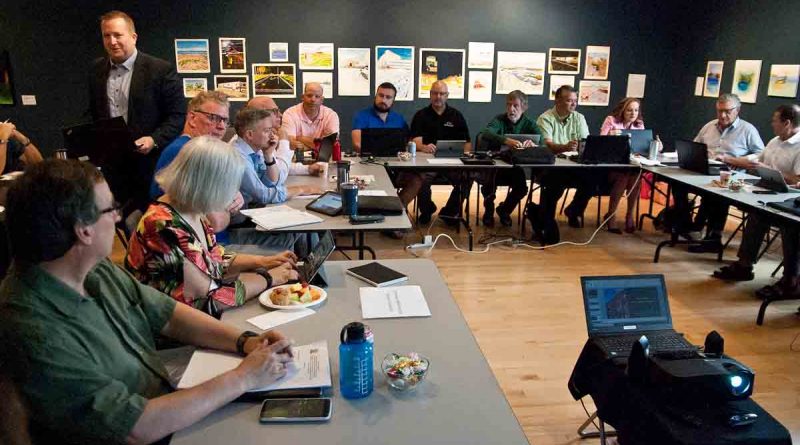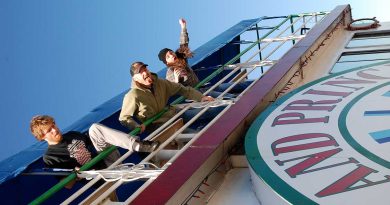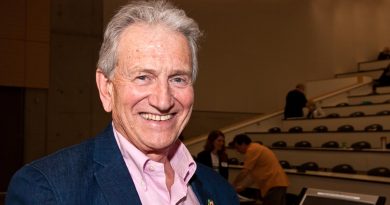Where Do We Go From Here?
By John Swartz
The City of Orillia council and senior staff started a two-day session at the Orillia Museum of Art and History Wednesday morning to develop a long-range strategic plan for the City.
Lead by consultants from Meyers Norris Penny LLP (MNP), the group first heard the take on data and interviews collected prior to Wednesday. Jason Burgess, an MNP partner, said the City’s debt has to be considered throughout the process. he spoke about the level of investment the City has made in infrastructure (the library, two fire stations, two recreation centers, etc.) which factor into determining whether the City’s debt level is a good thing or not. In Orillia’s case, total debt is low and is a strength.
“You have some of the lowest reserve levels in the province,” said Burgess, “but there is some flexibility there.”
Advance interviews revealed there was opportunity and priority for succession planning (many senior staff are in retirement position over the next 5 years), land revitalization and technology. Challenges mentioned include retirement, lack of available land, and attracting talent.
Burgess noted that the City already has significant areas of focus in revitalization, economic development, tourism and wellbeing. He also said an aging population has to be factored in because people are moving north to retire, and political uncertainty at higher levels (funding for projects) has to be considered for infrastructure replacement, as do new technology and climate change effects.
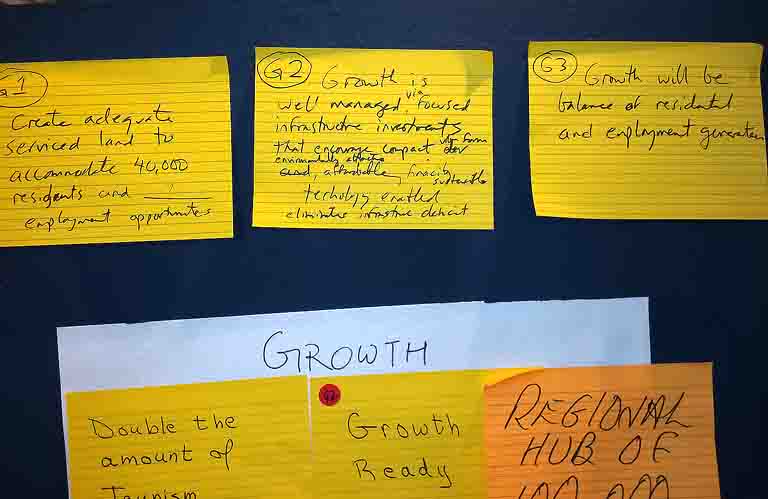
By day’s end, a number of goals in rough form were assembled. The first four goals related to how growth can be handled. They are:
- Create adequate serviced land for 40,000 people
- The City must manage growth in a focused way, making infrastructure investments and consider density and technological uses.
- Growth must be balanced between residential and employment
- Develop a 4 seasons destination for tourism, culture, festivals and sports
When it came to the Smart Cities initiative and how to expand on it, Richard Bertolo, the City’s director of business development, cautioned many of the things others had on their wish list were things the City is not prepared for, yet.
“The goal should be get ready, that’s where we are at,” Bertolo said. Expanding on the comment afterward, Bertolo said the City’s current information system is 20 years old, about the same as most other communities, and steps have been taken to update but are not complete enough to be able to implement a service like Open Data, as was suggested.
“Internally you need an IT system that can handle all the sensors and anything else you can apply, the data; the idea is you have to take that backbone to a level that can actually support it,” said Bertolo. “We’re still in the foundation building stage. Once we’re at that stage, then we can get into some of these other elements.”
The goal ended up being – enable and leverage technology in terms of how we operate and connect with citizens and businesses, and move toward/optimize city’s data assets for Open Data.
Under the environment file, the broad goal is to continue the City’s commitment to environmental stewardship by increasing the waste diversion rate, greater commitment to clean water and reducing the carbon footprint and improving the tree canopy.
Two items tied into each other are the waterfront and the downtown, though in the exercise they were separate items to consider. On the waterfront, the goal is to make sure it is accessible and remains vibrant year round. Downtown the goal was to create a revitalized, vibrant, unique, heritage oriented, pedestrian friendly core area that is better connected to the waterfront.
There was a term, social hub, heading up a group of sticky notes pasted on the wall. Many people might think of it referring to the former ODCVI site and the County’s plan for the property, however in this instance it means something greater. The consultants, council and staff spoke mainly about Orillia being the center of gravity for the region and the population served; that planning had to account for uses by at least 100,000 people (though a recent document before council used the County figure of 117,000 as Orillia’s catchment population).
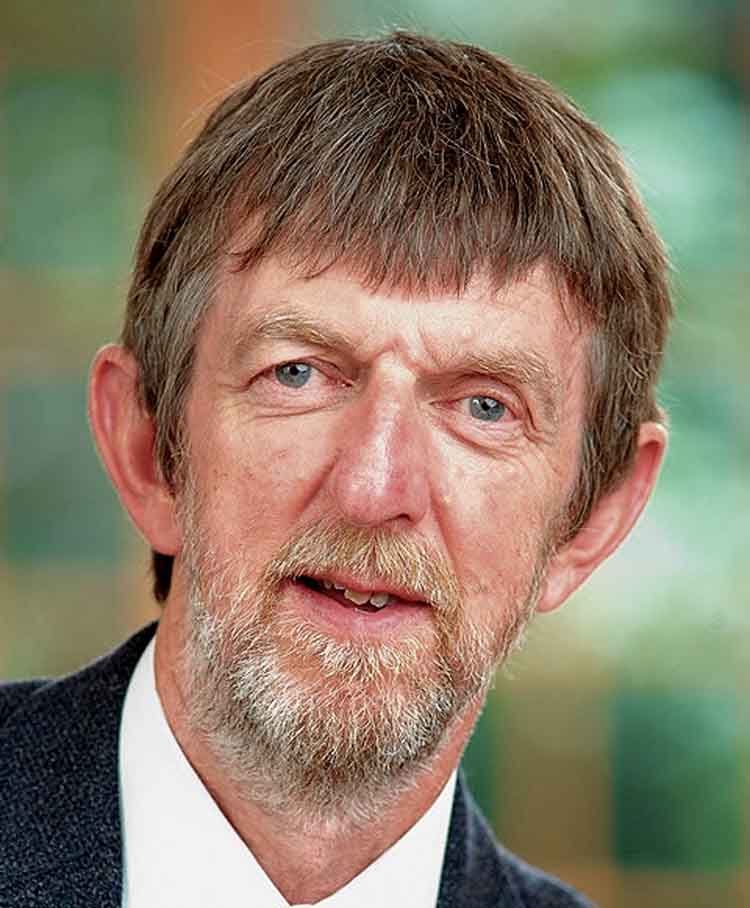
Councillor Tim Lauer pointed out the elephant in the room – who pays for development of any kind for a population of that magnitude. MNP partner, Jason Ducharme, who was leading the goal setting discussion, said most people, councils included, often talk about users paying (i.e. townships contributing to costs) but often overlook the bulk of commercial and industrial taxes collected are done by cities, so there is a balancing factor to some degree. Nevertheless, when a community builds a new library, rec center, or adds a new road, people who don’t’ live in the City and who pay for it are not the only users.
Bottom line is the hub heading refers to Orillia being the hub of a wider area. Two goals emerged. One is to support and encourage culture and art, an active lifestyle and improve the wellbeing score (as relates to the Canadian Index of Wellbeing). The other, that the City to be well run, be business friendly, but protect the public interest and reduce bureaucracy while delivering leading edge services that are client centric and business friendly.
Thursday’s all day session will further define those goals, add some measurable action items, and develop vision and mission statements. Mayor Steve Clarke thought the process went well on day one and the project has merit.
“I thought it was a very wonderfully directed day. I think sometimes when these discussions begin its hard to see how they come together and culminate, but we were able to take a lot of the desires and visions around the table and turn them into goals and they are going to be refined overnight and brought back for improvement of those goals tomorrow. From that we will turn those into actionable items, a list of things we want to do,” Clarke said.
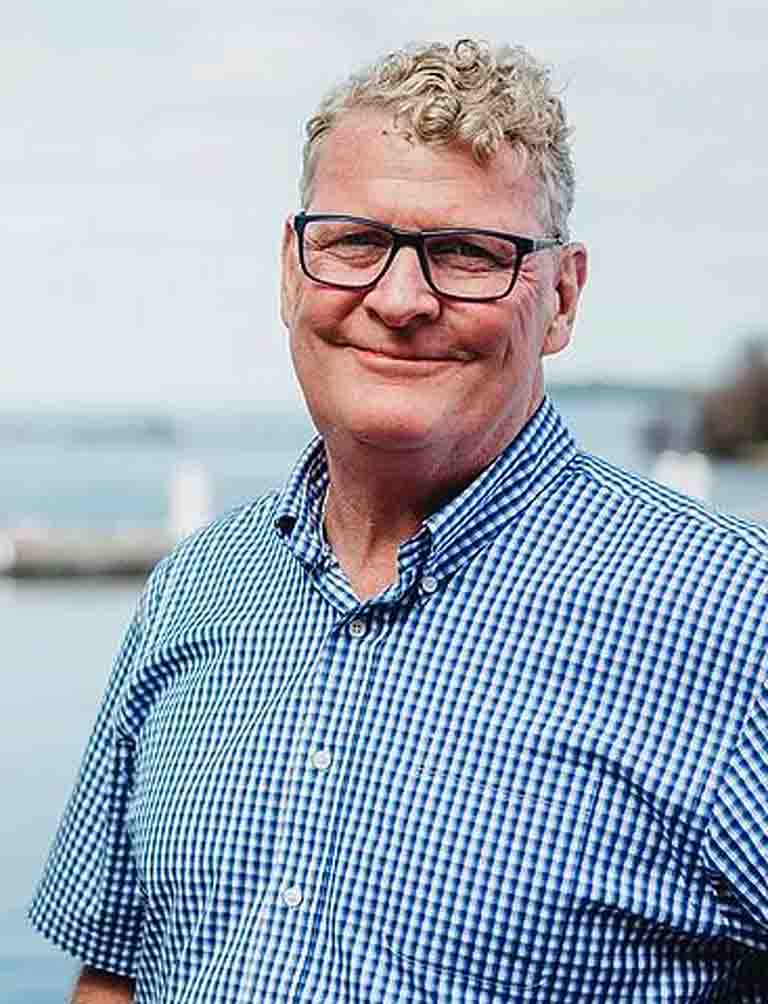
“The bottom line of all this is that hopefully the vast majority or almost all the decisions we make in the future should come right back to all the discussions we had today and tomorrow.”
The process looks similar to the Community Development Corporation’s Charting Our Future exercise in the early 00’s. A number of community initiatives, like establishing the Common Roof, came out of the plan. Last term of council a corporate plan was developed in the absence of a guiding strategic plan. Even so, council achieved most of the objectives from it.
“This is going to be another corporate plan that comes from an overall vision and the corporate plan will define a whole bunch of actions that we want to take,” said Clarke said of developing a strategic plan. He hopes and believes a strategic plan has a life beyond the term of this council.
“Unless we really do this improperly, I would think there is merit to doing that in the next few years. Any time you get 7, 8, 9, 10 years out I think might be a good time to revisit it,” Clarke said. The obvious example of one council carrying on with a plan developed by a previous council is the Downtown Tomorrow plan.
“I would give full credit to the council of 2010 – 2014 who retained Urban Strategies to put that together. It’s become our guiding template and we’re now on roughly item number 20 of 33. “
Thursday’s session is a special meeting of council and open to the public. It will wrap up at about 5 p.m.
(Photos by Swartz – SUNonline/Orillia)
![]()




